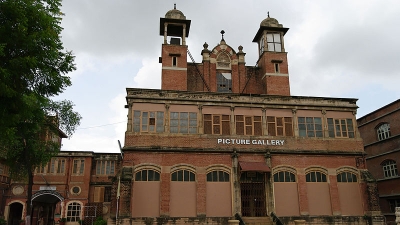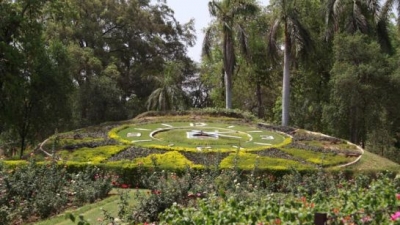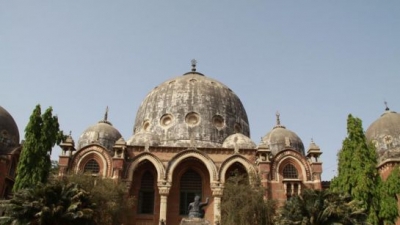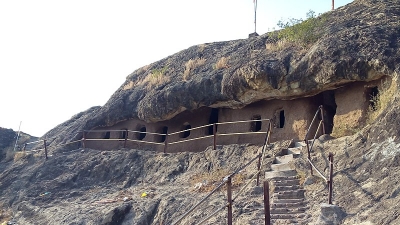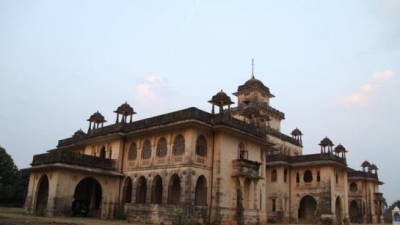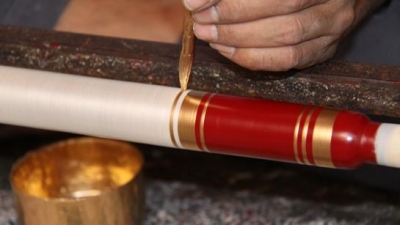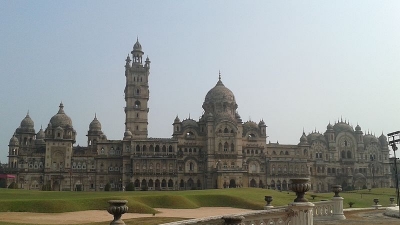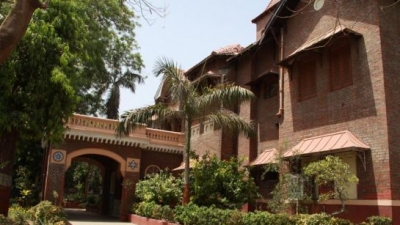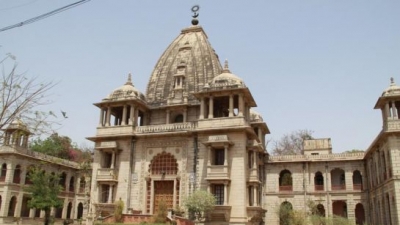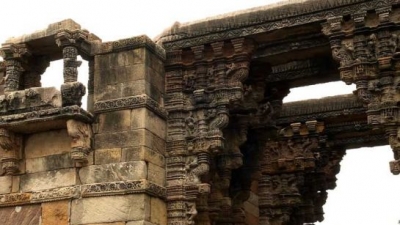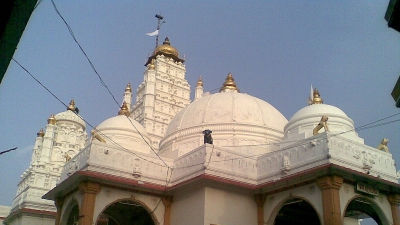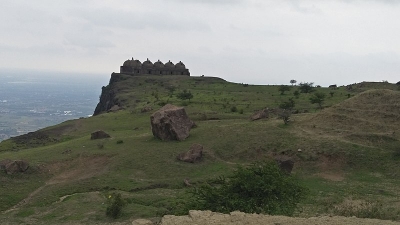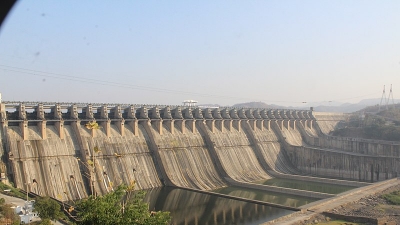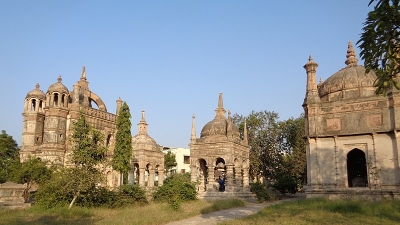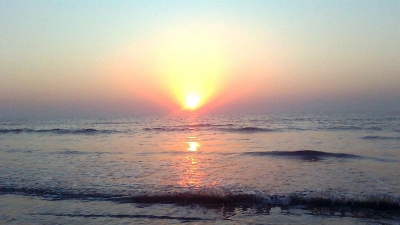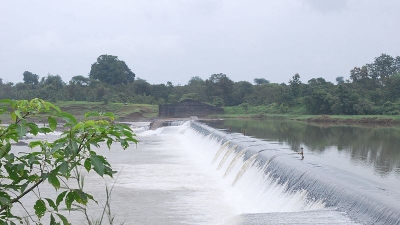Vadodara Attractions - Tourist Places To Visit In Vadodara
-
01Vadodara Museum
+ Read MoreOne of the two museums of the Sayaji Baug is the Vadodara Museum. This museum was built under the patronage of Maharaja Sayajirao III in 1894 by Major Charles Mant and R.F. Chisolm. The museum has a huge collection starting from the Mughal Miniatures to the sculptures, textiles and objects from Japan, Tibet, Nepal and Egypt.
Also, a collection of coins from all over the world, different Indian musical instruments, paintings of different European masters, mostly from the private collection of the Maharaja, skeleton of a blue whale, objects of Earth Sciences, Natural History and Zoology are exhibited in the museum.
Different objects belonging to the historical past of Gujarat like the decorated pieces of Sheikh Farid's tomb's ceiling in Patan, architectural remains and pieces of pottery from Champaner, sculptures from Roda and Shamlaji and Jain Tirthankars bronze idols from Akota are all displayed in this museum.
-
02Sayaji Baug
+ Read MoreBuilt in 1879 by Maharaja Sayajirao III, this park consists of 45 hectares of garden grounds, a flower clock, two museums, a planetarium, a zoo and a toy train. There is also an astronomy park next to the planetarium that showcases the ancient Indian astronomical instruments. This park is also commonly called the Kamati Baug.
-
03EME Temple
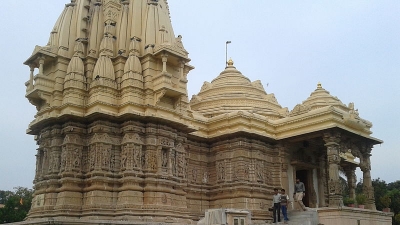 + Read More
+ Read MoreThis temple is built by the Electrical and Mechanical Engineering (EME) corps and the uniqueness of this temple is that it is made of aluminum sheets. It contains the idol of Dakshinamurti or Shiva and different symbols of other religions also. The architecture of the temple is quite modern.
-
04MS University
+ Read MoreMaharaja Sayajirao University is one of the most renowned educational institutions of western India. It is also known for its Archaeological Department where findings from the Harappan civilization and from the Buddhist site of Devi-ni-Mori can be found.
Departments like the human genome research, social work and technology, also The Faculty of Fine Arts, which is the centre of all important artistic activities of modern Indian art, The Faculty of Performing Arts commonly known as the Music College are the sections that made MS University such an acclaimed institution.
The Faculty of Arts building is known for the Gumbaz or the Dome. Playbox - a small theatre hall is there in the university to enjoy art shows, concerts and plays.
-
05Kadia Dungar Caves
+ Read MoreThese caves date back to 1st and 2nd century AD and are near to Bharuch. These are Buddhist caves with monolithic lion pillars. Altogether there are seven caves and a brick stupa at the foothills.
-
06Sursagar Talav
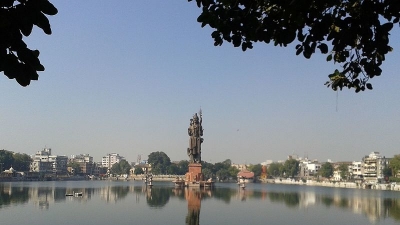 + Read More
+ Read MoreThis is an artificial lake with boating facilities for the tourists. Majority of the Ganesha idols are immersed in this lake during Ganesha Chaturthi.
-
07Vadhvana Wetland And Eco Campsite
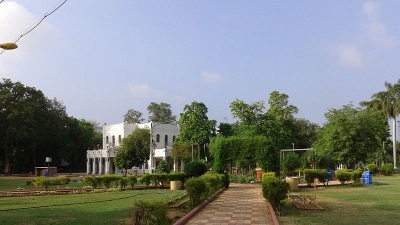 + Read More
+ Read MoreThe Vadhvana Wetland and Eco Campsite is an irrigation reservoir which is the water source for 25 nearby villages. The Reservoir and Wetland is located 10 km from Dabhoi. It is also a popular birdwatching site with a variety of species that includes stock, tern, ibis and spoonbill.
Apart from being a wetland, it is also an eco-tourism campsite. Visitors gather here to have a look at the different species of birds that migrate here from all over the globe.
-
08Chhote Udepur
+ Read MoreChhota Udepur is located on the border of Rajasthan and is one of the princely states of Eastern Gujarat. It is situated at the side of a lake and has many temples within its periphery. The Jain temple here has an influence of the Victorian architectural style and palaces like the Kusum Vilas Palace and Prem Bhavan can be visited with prior permission from the royal family.
There is a tribal market in the tribal area that bears the evidence of the rich cultural heritage of the place. A journey in the narrow gauge train and a visit to the tribal museum in Chhota Udepur makes the trip complete.
-
09Sankheda
+ Read MoreSankheda is the place where the Kharadi community uses the lacquered woodwork technique and produces polished lattice work which is also called Sankheda after its location and is internationally renowned for its intricacy.
-
10Palaces
+ Read MoreThe Lakshmi Vilas Palace
This palace was built during the time of Maharaja Sayajirao in 1890 and he had appointed Major Charles Mant for the construction of the Palace; the work was later completed by R.F. Chisolm. Built according to the Indo-Saracenic tradition the architectural style of this palace is a fusion of Indian, Islamic and European elements.
The mosaic tile, multi-coloured marble, numerous art works, courtyards full of palms and fountains on the entrance ways are some architectural features to be enjoyed while visiting the palace. In those days itself this palace had modern facilities like elevators.
The Darbar Hall with its formidable collection of sculptures in bronze, marble & terracotta by Fellicci and landscaped gardens done by William Goldring can be any tourist's delight. The Moti Baug Palace and the Maharaja Fateh Singh Museum within the premises of the Palace are also worth seeing.
Adjacent to Moti Baug Palace is the Moti Baug Cricket ground which also has a rare indoor teak floored tennis court and badminton court. The Maharaja Fateh Singh Museum has a huge collection of Raja Ravi Verma's paintings those which were especially commissioned by the Maharaja.
The museum also has Japanese, Chinese and Italian sculptures made in marble and bronze. The Chinese and Japanese sculptures were collected by the Maharaja from the subsequent countries and the Italian sculptures were commissioned to Italian Sculptor Fellicci. For visiting the palace prior permission from the Maharaja’s secretary in the palace office is required.
The Nazarbaugh Palace
Made of white-stucco, the Nazarbaugh Palace was the guest house of the royal family. It now houses the inheritances of the royal family. This palace was built in 1721 and has solid gold and silver guns inside the palace. This palace has the jewels of the Gaekwad royal family, including the Star of the South diamond necklace.
Clothes embroidered with precious stones and seed pearls are also there as a part of the collection.
The Makarpura Palace
This is the summer palace of the royal family, and was built by Maharaja Khende Rao in 1870 in Italian style, later renovated by Maharaja Sayajirao Gaekwad III and presently used by the Indian Air Force for training purpose. Though this palace is not open to the public but the outside grandeur of this three-storey building is worth seeing from outside.
-
11Sri Aurobindo Niwas
+ Read MoreThis ashram is located at Dandia Bazar in the Vadodara city. Rishi Aurobindo Ghosh was once the personal secretary of Sayajirao III, a professor of English and the vice-principal of Baroda College, the present MS University and lived here during his stay in Gujarat; he later went to become a yogi from a freedom fighter. The ashram houses the relics of the yogi and it is open to all for meditation.
-
12Other Buildings
+ Read MoreTambekar Wada: This building was once the house of the Diwan of Vadodara. Presently it is under the Archeological Survey of India and it is famous for the 19th century wall painting done according to the Maratha traditions and the subjects are usually from the Mahabharata and Sree Krishna's life and also from the Anglo-Maratha war.
Kirti Mandir: Kirti Mandir is the royal mausoleum of the Gaekwads built in 1936, by Maharaja Sayajirao on the celebration of his seventy fifth birthday to glorify his legendary ancestors. The tower of the structure is decorated with the sun, the moon and the earth made of bronze with the undivided map of India.
The building also contains murals done by the famous painter from Shantiniketan, Nandalal Bose. These murals contain scenes from the Mahabharata and the life of Mira Bai.
Qutbuddin Hajira: Qutbuddin Hajira is a tomb of Qutbuddin Muhammad Khan and his son Naurang Khan. They were Mughal Emperor Akbar's generals and local governors. The tomb was built in 1586 and it has some beautifully carved stone windows and a step well close to it. Today this is one of the oldest Mughal architecture of the Vadodara city.
Nyaya Mandir: Nyaya Mandir, or the “Temple of Justice” houses the district sessions court of the Vadodara City. This building is made in the Byzantine architectural style and in the memory of Chimnabai, wife of Maharaja Sayajirao Gaekwad III. There is a statue of the Maharani in the central hall which is decorated with mosaic tiles in the Byzantine style.
-
13Department Of Archeology - MS University
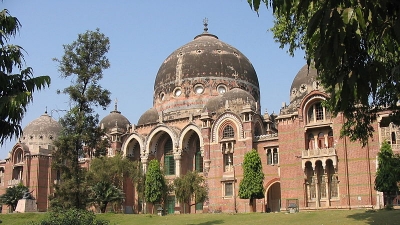 + Read More
+ Read MoreThe department of Archeology of the MS University is renowned for the Buddhist relics found in Devi-Ni-Mori and all the historical remains found from excavation sites of Harappan civilization.
-
14Ankottaka
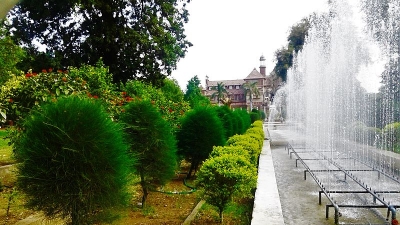 + Read More
+ Read MoreAnkottaka (the present Akota) is a small town located on the right bank of the river Viswamitri. This site was a main centre of Jainism and Jain studies during the 5th and 6th centuries. The 68 bronze images of tirthankars recovered from the site so far are now placed in the Vadodara Museum.
-
15Dabhoi
+ Read MoreDabhoi, earlier called Darbhavati, is a city in Vadodara. This ancient fortified town has a great significance in the Jain scriptures of Girnar. The fort of Dabhoi is a rare surviving example of the Hindu military architecture.
The town has four gates – Hira Bhagol in the east and Vadodara Gate in the west, Champaner Gate in the north and Nandod Gate in the south. The city is a major Jain pilgrimage centre and has six temples. The main attraction here is Sri Lodhan Parshvanath Temple.



 Click it and Unblock the Notifications
Click it and Unblock the Notifications
